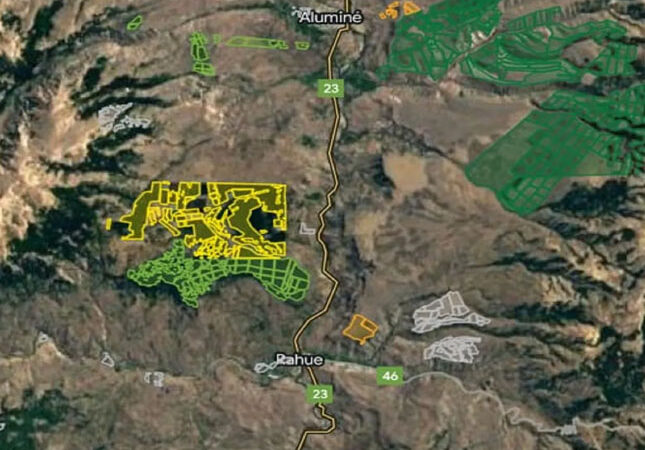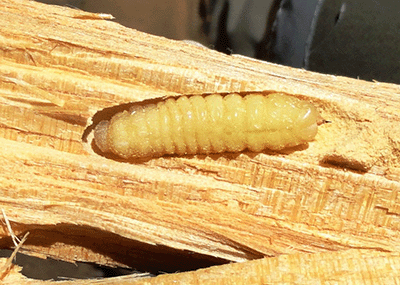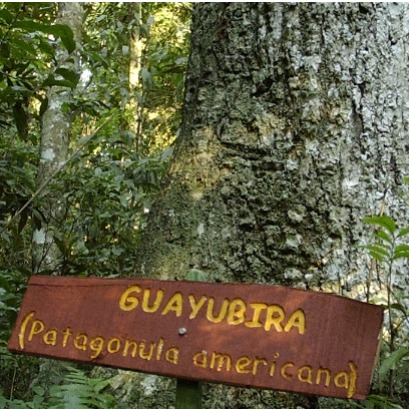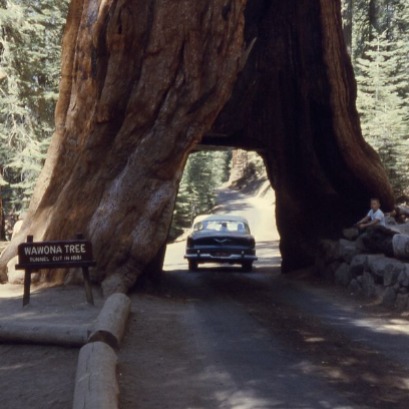
Neuquen | They monitor with an innovative sanitary map the control work of sirex noctilio that affects pine plantations
Neuquén seeks to become a vanguard in the fight against a wasp that does not give up
The wasp massively affects pine forests. The province is the first to draw up a sanitary map that monitors and allows comparison of the progress of sirex noctilio, a species known as "pine sweeper".
The government of the province, together with INTA and SENASA, implement a new method that allows graphic comparison of the data obtained in aerial surveys (by helicopter) in 2019 and 2023. This task was coordinated with the advice of INTA EEA Bariloche.
In the first overflight it was possible to identify that more than 80% of the plantations were in satisfactory sanitary conditions, that is, with levels of pest damage of less than 10%.
While with this year's operation, it was concluded that the sanitary conditions have been maintained despite the drought conditions that negatively affect the trees, generating favorable conditions for the Sirex attack.
The Undersecretary of Production, Amalia Sapag, celebrated the complex method and remarked that Neuquén is the only province in the country that uses it. "The INTA technician with our team was working on it and then what is done is the aerial survey, completing forms and filming, with a specific visual field, marking it, and then it is complemented with a field check," explained the official. .
In addition, the sanitary map may be consulted by producers and interested parties on this website.
The pine borer wasp is an insect that fulfills its cycle inside the wood; only in the adult state does it spend its life outside the tree.
Adults emerge from trees, leaving a sizable hole in the bark, live for a few days, and do not feed. It has a short flight period, covering summer and part of autumn depending on the area and weather conditions (especially temperature).
Males emerge about a week before females. They mate at the height of the treetops where a greater number of males are concentrated. After the initial period of flight, the females search for weakened trees to embed the eggs (approximately two per gallery) under the bark, making single or multiple perforations with the help of their ovipositor.
Although in Neuquén it is still necessary to carry out the field corroboration of the data obtained, the sanitary map shows the provisional data of the survey that shows that in the province 27% of the plantations do not register symptoms of the disease, which refers to about 15,359 hectares with 0% apparent affectation.
The affectation is incipient (5%) in 10,848 hectares (19%) and slight in 16,524 hectares (29%). The rest is divided into moderate, severe and extreme, not reaching larger volumes, with the area surveyed at the provincial level of 56,175 hectares.


IT MAY INTEREST YOU
 Know the Guayubira tree: one of the native timber species of the missionary jungle
Know the Guayubira tree: one of the native timber species of the missionary jungle
With information from the Native Missions Species Manual (2024), developed in collaboration between the Faculty of Forest Sciences of the UNAM and the United States Forest Service (USFS) through the Project Update and Edition of the Wood Identification Manual of the Missionary Jungle, we share information from each digital tab that includes dendrological and anatomical characteristics. The manual was elaborated in the Wood, Dendrology and Dendrocronology Anatomy Laboratory (LAMDYD) of the Faculty of Forest Sciences in Eldorado, National University of Misiones.
 Combilift and CMETB Celebrate 10 Years of Pioneering Engineering Traineeship
Combilift and CMETB Celebrate 10 Years of Pioneering Engineering Traineeship
This week saw a landmark celebration at Combilift?s global headquarters in Monaghan, marking the 10th anniversary of the highly successful OEM Engineering Traineeship?a collaborative initiative between Combilift and the Cavan and Monaghan Education and Training Board (CMETB). The event, which welcomed past graduates, current trainees and local educators, underscored the programme?s evolution from a local skills initiative to a cornerstone of regional industrial development.
 Wawona tree: the tourist attraction of the United States that disappeared in 1969
Wawona tree: the tourist attraction of the United States that disappeared in 1969
It was created in 1881 and became a very popular place during the following decades. However, when the tree fell at the close of the 1960s, everything changed. Wawona tree was the name that had a tourist attraction from the United States, which remained standing from 1881 to 1969 in Mariposa Grove, Yosemite National Park, California.





















